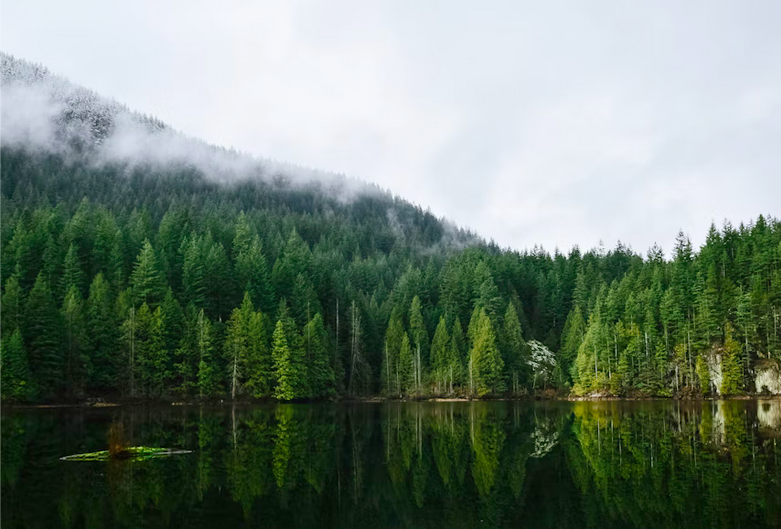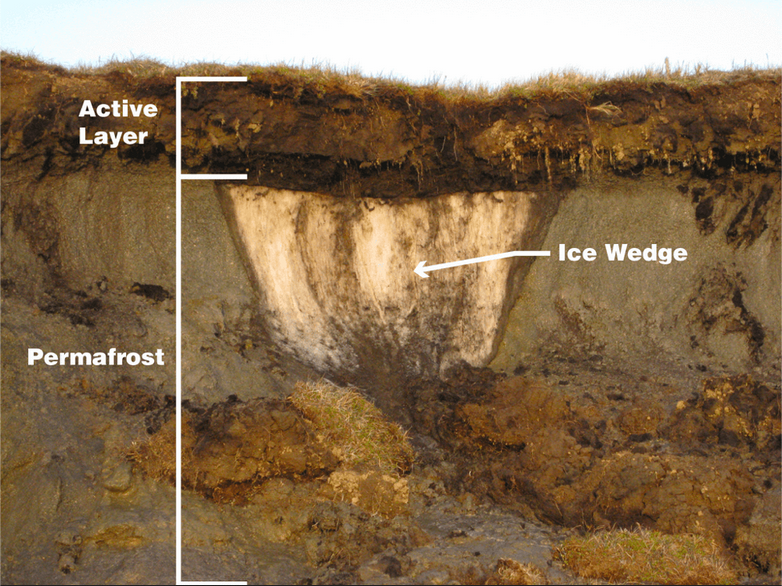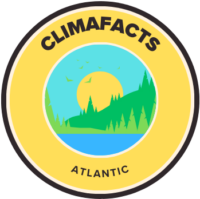Author: Abby Marsden
Date: August 5, 2025

Article Title:
Climate change and permafrost thaw-induced boreal forest loss in northwestern Canada
Article Affiliation:
Department of Geography, University of Guelph, 50 Stone Road East, Guelph, Ontario, N1G2W1, Canada
Cold Regions Research Centre, Wilfrid Laurier University, Waterloo, Ontario, N2L3C5, Canada
Article Citation:
Carpino, O. A., Berg, A. A., Quinton, W. L., & Adams, J. R. (2018). Climate change and permafrost thaw-induced boreal forest loss in northwestern Canada. Environmental Research Letters, 13(8), 084018.
INTRODUCTION
One of the major consequences of climate change is that sea levels across the g“Climate change and permafrost thaw-induced boreal forest loss in northwestern Canada” explores how climate change is affecting permafrost in the western Canadian subarctic, where rising temperatures are causing the frozen ground to thaw. This process has serious implications for the region’s boreal forests and peatlands, which are important for storing carbon and maintaining the balance of the ecosystem. As the permafrost melts, these areas transform, leading to significant changes in the landscape that could have concerning effects on the environment.
For the study, the researchers used a change detection approach using historical air photos and optical remote sensing images. They analyzed ten boreal sites in the southern Northwest Territories and northeastern British Columbia, comparing forest cover from 1970 to 2010. By focusing on these areas, the study builds on previous work in the field, offering new insights into how permafrost thaw is changing the landscape and affecting forested regions in the subarctic.

Taken from Climate Kids
RESULTS AND DISCUSSION
The study found that rising air temperatures in the sporadic discontinuous permafrost zone of northwestern Canada are causing significant land cover changes, primarily forest loss and wetland expansion. However, the research also uncovered an unexpected trend – in certain areas, increased temperatures led to afforestation, where forests expanded instead of receding. Despite this growth, the permafrost in these regions did not return, indicating a lasting impact of warming climate temperatures.
Overall, the data suggests that climate warming is driving both forest loss and gain, depending on regional factors like wetland expansion and drainage. This dual outcome challenges previous assumptions and demonstrates the dynamic nature of permafrost-related land cover change. However, the study also acknowledges limitations, such as the exclusion of anthropogenic factors like seismic lines and roads, which may influence land cover changes.

This study is crucial for understanding how climate change is reshaping northern ecosystems – particularly in regions like northwestern Canada – where permafrost plays a significant role in the environment. For the general public, this study highlights the many consequences of climate change beyond the more commonly discussed issues like rising sea levels and extreme weather. Additionally, it shows the importance of monitoring and managing these ecosystems as they undergo transformation, which could also influence global climate patterns due to the significant carbon reserves stored in permafrost.
CONCLUSION
Conclusively, this study highlights a complex relationship between climate change and land cover transformation in permafrost regions. Rising temperatures are driving both forest loss and, unexpectedly, forest gains in northwestern Canada. Understanding these dynamics is crucial for anticipating the future impacts of climate change and for developing strategies to manage and protect environments.

Leave a Reply